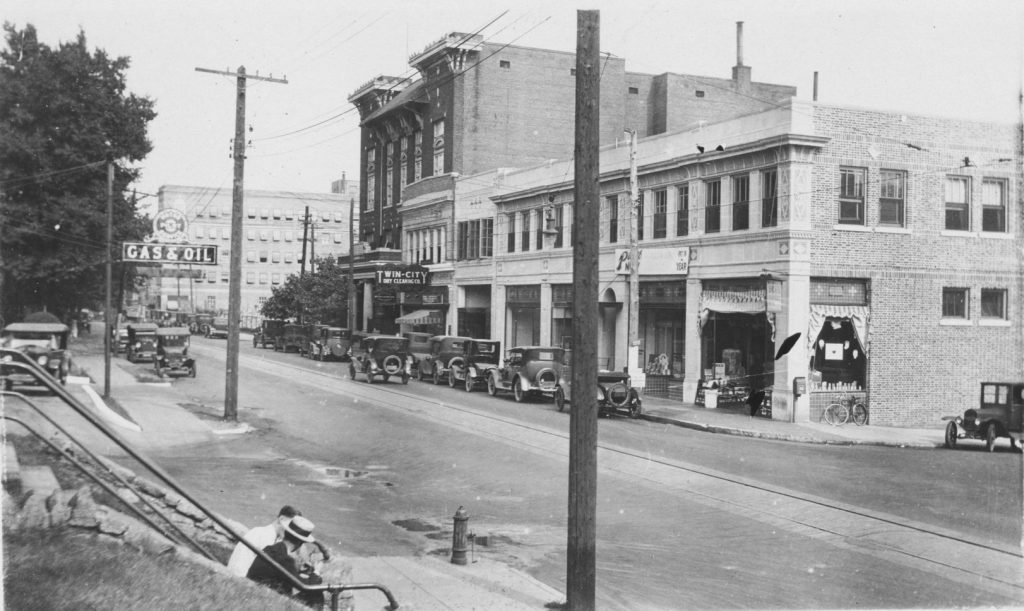
An article in a June 1924 issue of the Winston-Salem Journal touted Winston-Salem as the thirty-sixth greatest industrial city in the United States. The source of this statistic was the 1919 U. S. Industrial Census.
The newspaper article makes more claims for fame related to Winston-Salem. “The manufactured products of this city are greater in value than that of any city in the south with the exception of Baltimore and Louisville. Greater than even Atlanta, Birmingham or New Orleans, and in value added to the products it ranks second in the entire south. It is the world’s largest manufacturer of tobacco products; leads the country in the manufacture of knit goods; ranks third as a furniture center and leads the south in over half a dozen commodities. It takes two solid trains of 33 cars each day to haul just the products of its chief industry.”

The newspaper article lists these facts and figures about Winston-Salem:
“Is the world’s largest manufacturer of tobacco products.
Is the country’s leading manufacturer of knit underwear.
Is the third largest furniture manufacturing city in the United States.
Is the seventh port of entry in the United States.
Is the south’s largest manufacturer of knit goods.
Is the south’s largest manufacturer of snuff.
Is the country’s largest manufacturer of bedroom furniture.
Is the south’s largest manufacturer of wagons.
Pays more in tobacco taxes than any state in the country.
Is located on more highways of the state system than any other city in North Carolina.
Has 75 miles of paved streets out of a total mileage of one hundred and fifty.
Has no public school with less than ten acres of playground.

Has one Class A (Salem College for Girls) college; thirteen grade [schools] and two high schools.

Has a memorial auditorium in the high school group costing close to $1,000,000.

Has a hotel that cost $1,250,000.
Has an industrial payroll of $20,000,000 per annum.

Has, and is using, a city plan.
Has an actual trading territory of 350,000 inhabitants, figured on a basis of circulation of Winston-Salem newspapers, areas covered by retailers and jobbers and not by a mere geographical circle.
Has an altitude of 1,000 feet.

Has ninety-three factories.

Has ninety churches.
Has medical and dental inspections in its public schools.

Has a public health department with full time staff, ten nurses, baby, tuberculosis and dental clinics.
Has a civic music commission conducting summer master school of music, with neighborhood and community-wide musical events by nationally known artists.
Winston-Salem is being builded into a better place in which to live and do business.”
The photographs were not a part of the newspaper article. Photographs courtesy of Forsyth County Public Library Photograph Collection. The photographs are dated 1924-1925.




